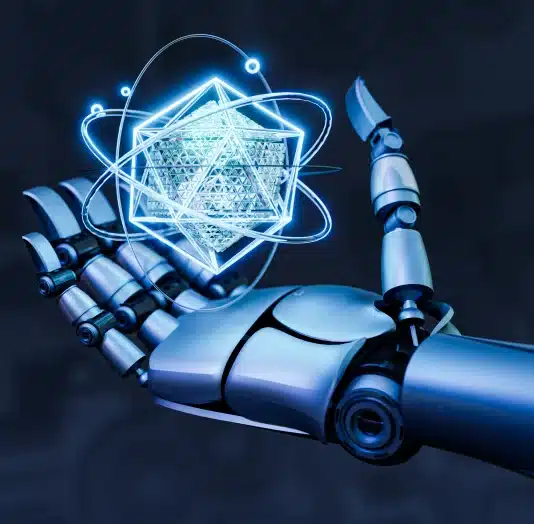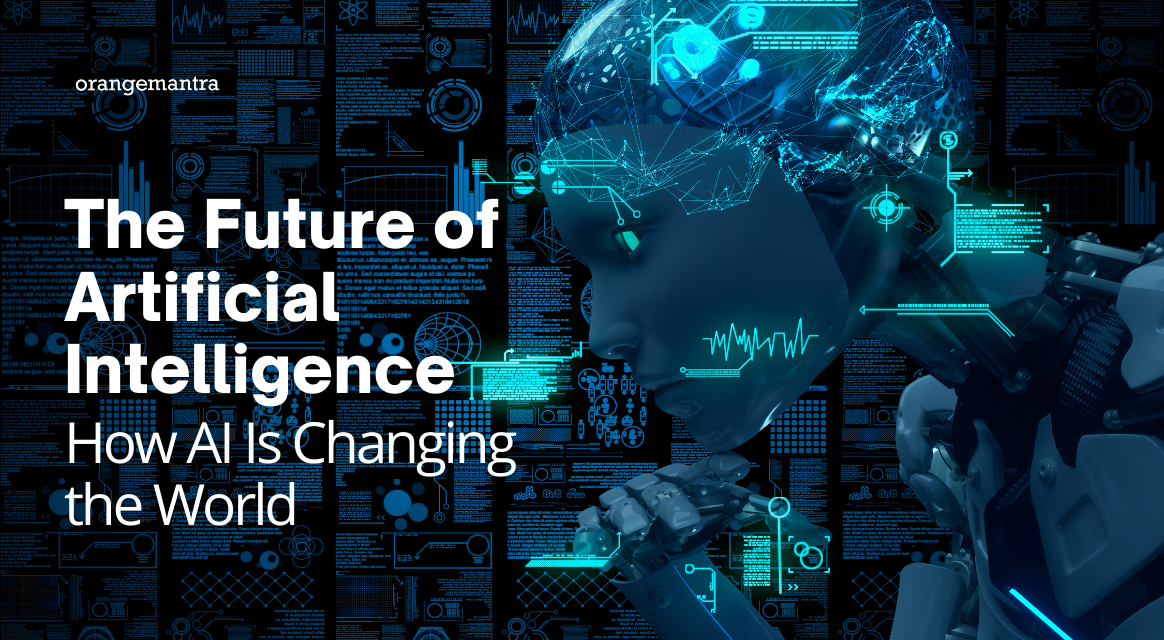S
- Sandbox Environments
- Secure Coding Practices
- Security Automation
- Security Awareness Training
- Security Champions
- Security Information and Event Management (SIEM)
- Security Orchestration
- Security Posture
- Shift-Left Security
- Smart City
- Smart Home
- Smart Manufacturing
- Smart Meters
- Smart Products
- Smart Spaces
- Software as a Service (SaaS)
- Software Composition Analysis (SCA)
- Software Defined Networking (SDN)
- Software Development Life Cycle (SDLC)
- Static Application Security Testing (SAST)
- Structured Data
Human-Centered Artificial Intelligence
Simple Definition for Beginners:
Human-centered artificial intelligence (AI) focuses on creating AI systems that are designed to benefit and work collaboratively with humans, considering human values, ethics, and needs.
Common Use Example:
A virtual assistant like Siri or Alexa is an example of human-centered AI. These systems are designed to understand and respond to human queries, making interactions more intuitive and user-friendly.
Technical Definition for Professionals:
Human-centered artificial intelligence (AI) emphasizes the development of AI systems that prioritize human values, user experience, and ethical considerations. It involves designing AI algorithms, interfaces, and applications that enhance human capabilities, improve decision-making, and foster collaboration between humans and machines. Human-centered AI takes into account factors such as transparency, fairness, privacy, inclusivity, and accountability to ensure that AI technologies serve human interests and align with societal values. This approach is crucial for building trust in AI systems and promoting their responsible and ethical use across various domains.
Human-Centered Artificial Intelligence

